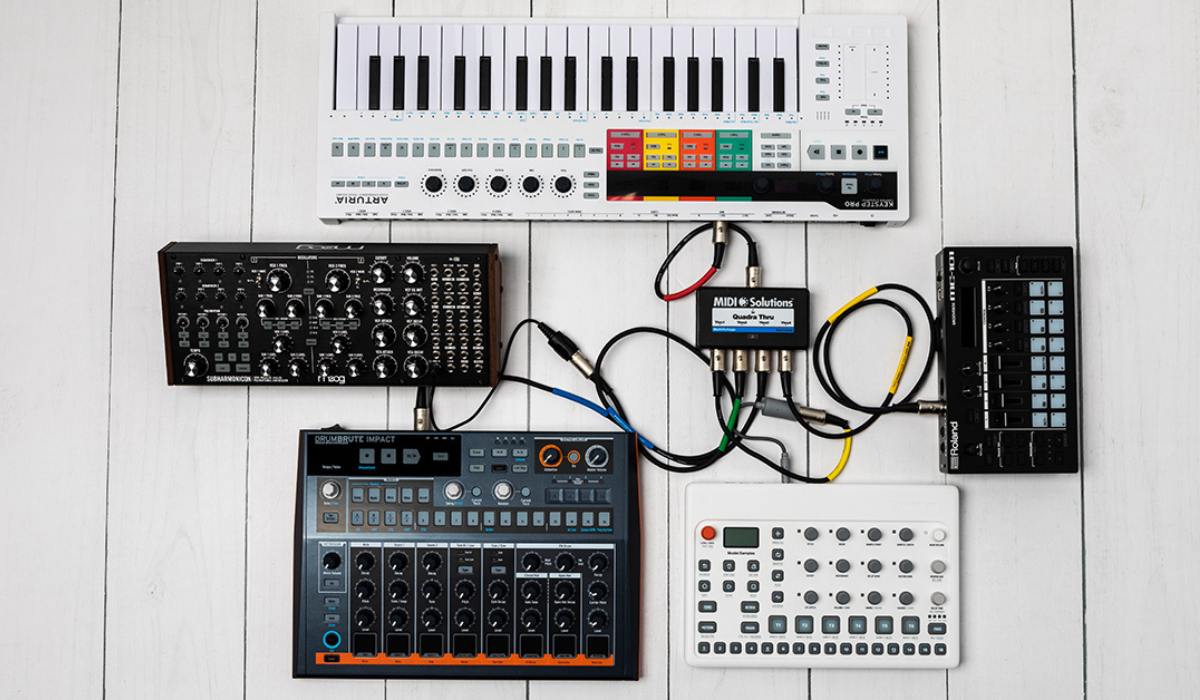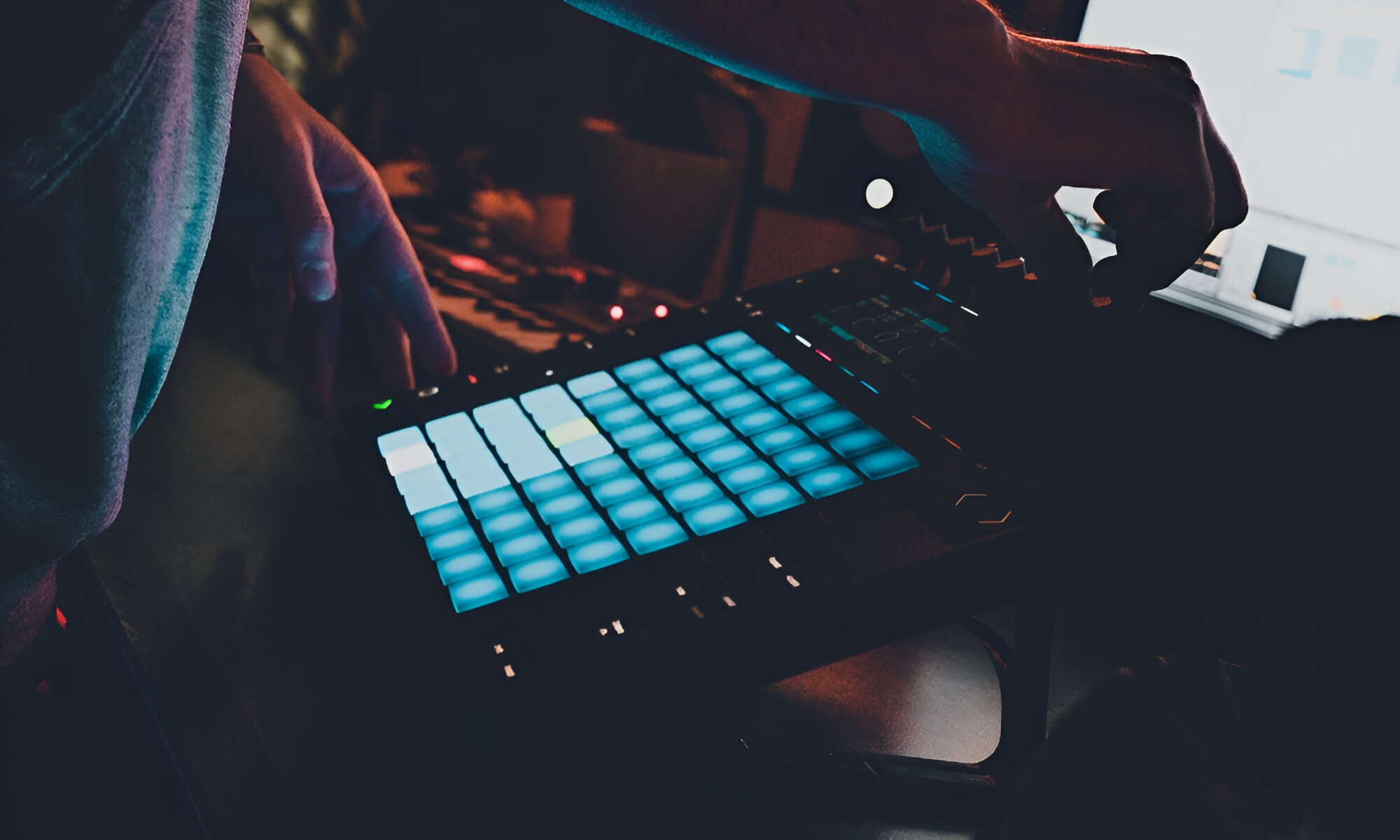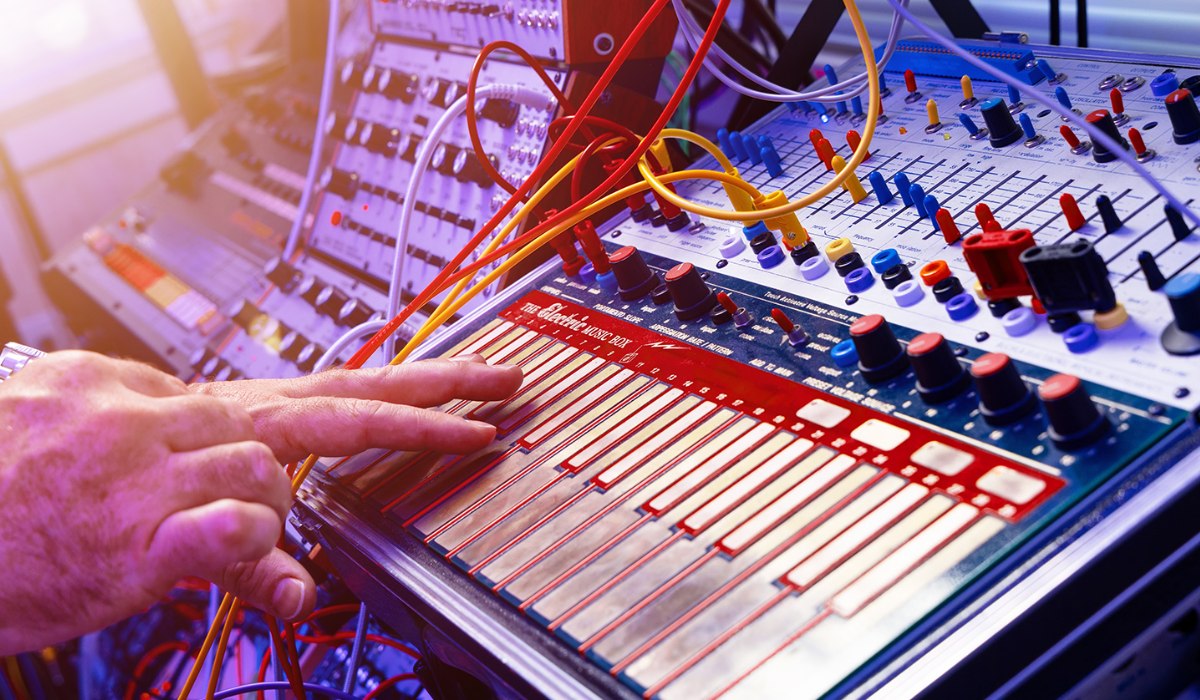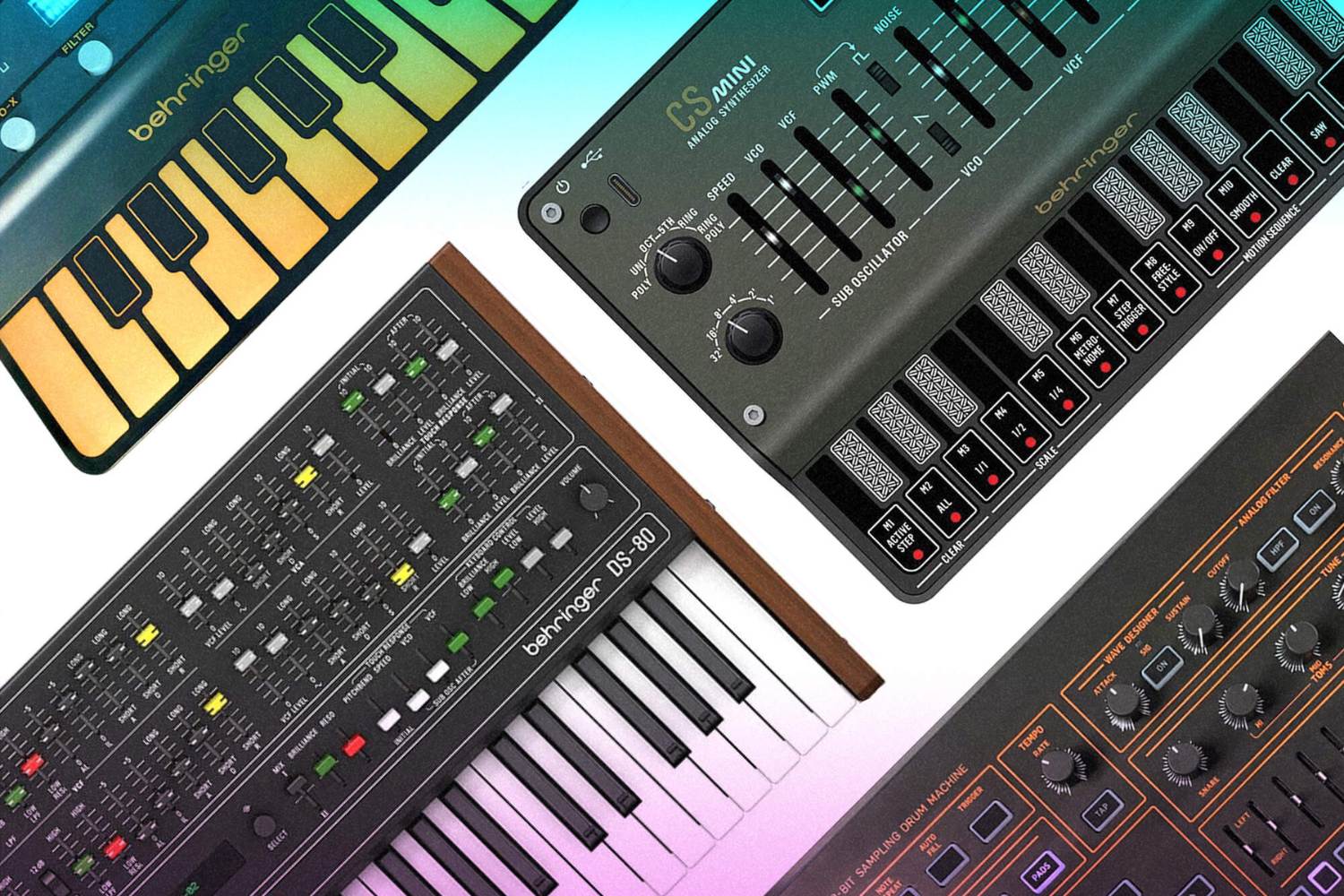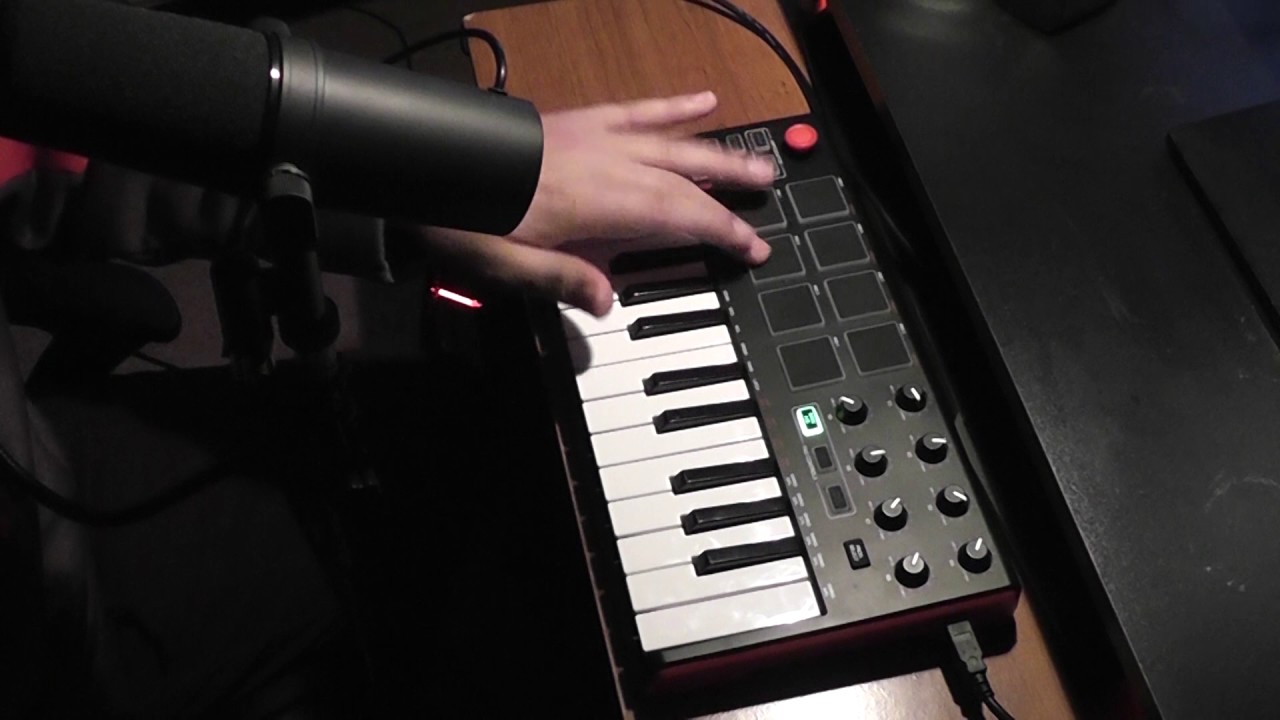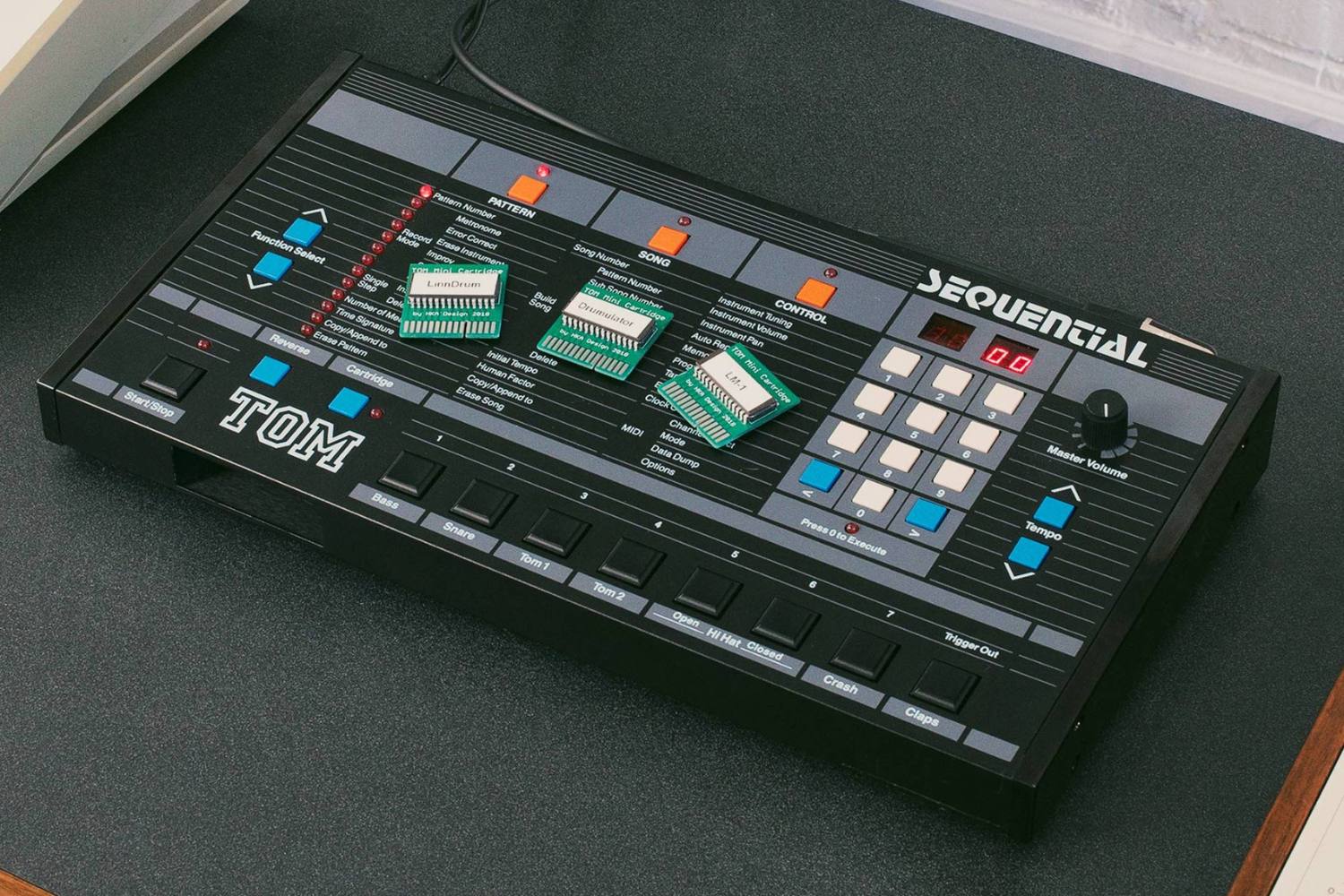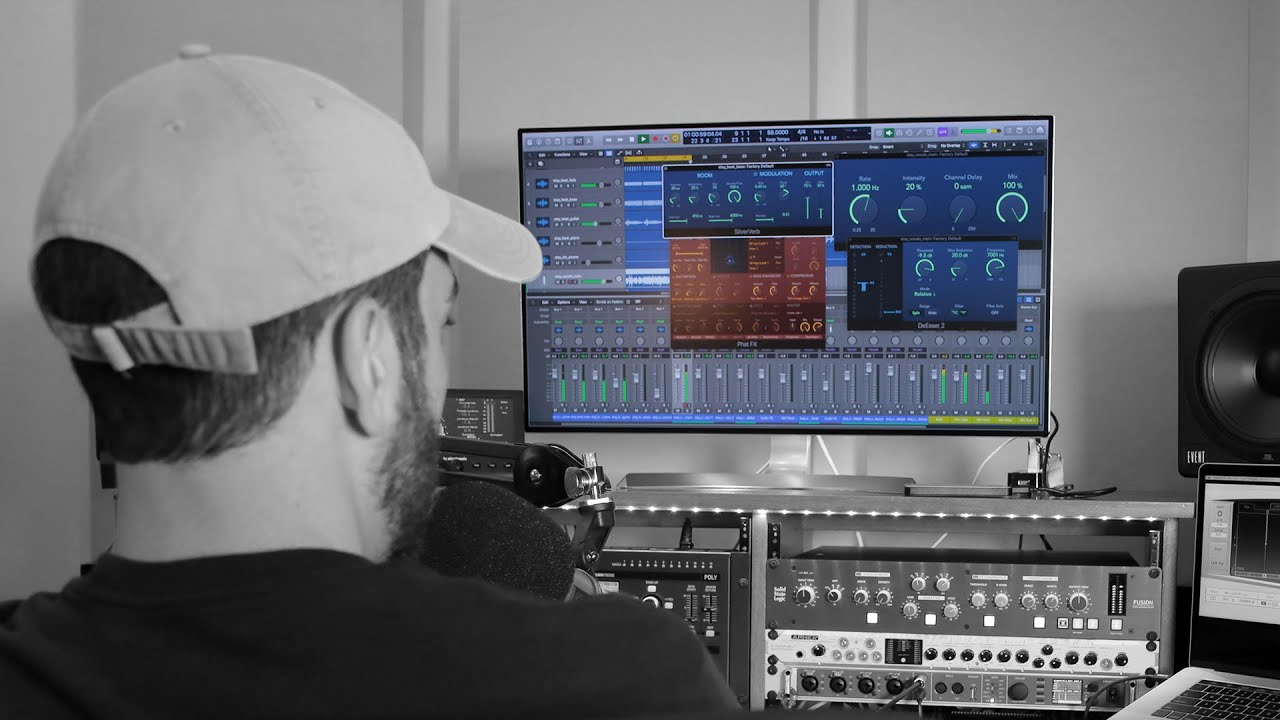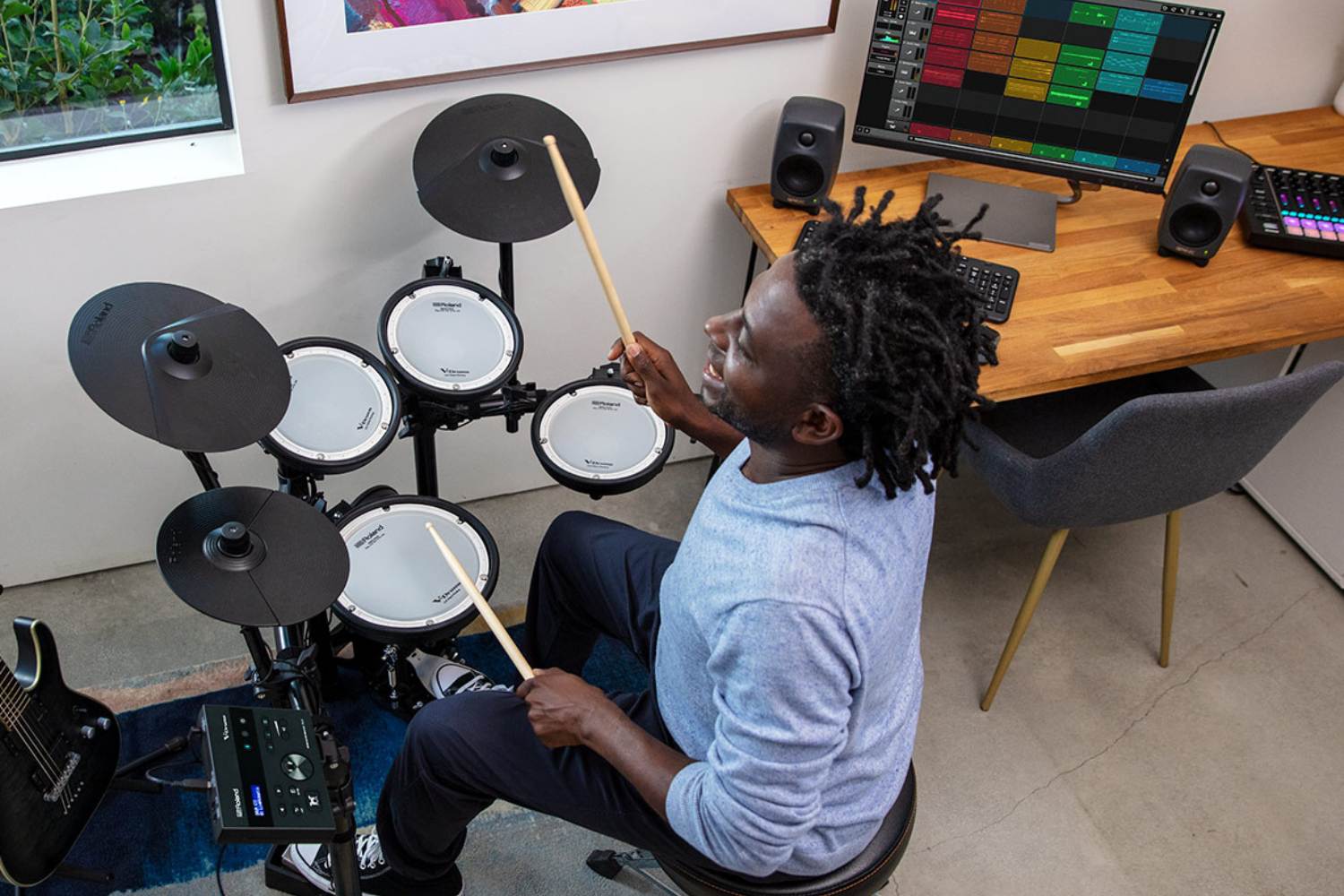Introduction
Welcome to the exciting world of music production and performance! If you’re passionate about creating music, you’ve probably encountered the term “MIDI” in your journey. MIDI, which stands for Musical Instrument Digital Interface, is a powerful tool that allows electronic musical instruments and devices to communicate with each other. In this guide, we’ll explore the process of connecting a keyboard and a drum machine using MIDI, opening up a world of creative possibilities for your music production endeavors.
Whether you’re a seasoned musician or just starting out, understanding MIDI and how to connect different musical instruments can significantly enhance your music-making experience. By harnessing the potential of MIDI, you can seamlessly integrate various musical components, synchronize rhythms, and control multiple devices from a single interface, ultimately expanding your creative capabilities.
By the end of this tutorial, you’ll have a solid grasp of how MIDI works and the practical steps to connect your keyboard and drum machine. So, let’s dive in and unlock the potential of MIDI to elevate your music production game!
Understanding MIDI
Before delving into the technical aspects of connecting your keyboard and drum machine via MIDI, it’s essential to grasp the fundamental concepts of MIDI itself. MIDI is a universal protocol that enables electronic musical instruments, computers, and other equipment to communicate, synchronize, and control each other’s performance parameters. Unlike audio signals, MIDI data primarily consists of instructions on how music should be produced, rather than the actual sound itself.
One of the key advantages of MIDI is its versatility. It allows for seamless communication between different types of musical equipment, regardless of the manufacturer, making it a standard interface in the music industry. MIDI data can convey various types of information, including note-on and note-off commands, velocity, pitch, modulation, and control changes, empowering musicians and producers to manipulate and shape sounds in real time.
Furthermore, MIDI facilitates the creation of intricate musical arrangements by enabling the synchronization of multiple instruments and devices. This synchronization is crucial for ensuring that all components of a musical performance remain in perfect harmony, whether it’s triggering drum patterns from a keyboard or synchronizing the tempo between a drum machine and a sequencer.
It’s important to note that MIDI is not limited to traditional musical instruments. It extends its reach to encompass software instruments, virtual synthesizers, and digital audio workstations (DAWs), offering a comprehensive ecosystem for music production and performance. With MIDI, musicians and producers can seamlessly integrate hardware and software components, opening up a world of creative possibilities.
As you embark on your MIDI journey, keep in mind that MIDI is a powerful tool that empowers you to shape and control your musical creations with precision and flexibility. Now that we’ve covered the foundational aspects of MIDI, let’s move on to the practical steps of connecting your keyboard and drum machine using this versatile protocol.
Connecting the Keyboard and Drum Machine
Now that you have a solid understanding of MIDI, it’s time to embark on the process of physically connecting your keyboard and drum machine. The connection process involves linking the MIDI output of one device to the MIDI input of the other, establishing a communication pathway through which musical data can be transmitted.
Firstly, identify the MIDI ports on your keyboard and drum machine. Most modern keyboards and drum machines are equipped with MIDI ports, typically labeled as “MIDI Out” and “MIDI In.” The “MIDI Out” port transmits MIDI data from the device, while the “MIDI In” port receives incoming MIDI data. This clear distinction ensures that the MIDI signals flow in the correct direction, facilitating seamless communication between the devices.
Once you’ve located the MIDI ports, you’ll need a standard MIDI cable to establish the physical connection between the keyboard and drum machine. Simply connect one end of the MIDI cable to the “MIDI Out” port of the keyboard and the other end to the “MIDI In” port of the drum machine. This direct connection creates a pathway for MIDI data to be transmitted from the keyboard to the drum machine, enabling them to interact and synchronize their musical output.
It’s important to ensure that the MIDI cable is securely connected to both devices to avoid any data transmission issues. Additionally, some keyboards and drum machines feature multiple MIDI ports, allowing for expanded connectivity options. In such cases, you may have the flexibility to connect multiple devices and create intricate MIDI networks to suit your specific musical setup.
As you establish the physical connection between your keyboard and drum machine, envision the endless creative possibilities that MIDI unlocks. Whether you’re triggering drum patterns from the keyboard, synchronizing rhythms, or controlling parameters between the two devices, the seamless integration facilitated by MIDI sets the stage for innovative music production and performance.
With the keyboard and drum machine now physically connected via MIDI, the next step is to configure the MIDI channels to ensure that each device communicates effectively with the other, which we’ll explore in the following section.
Setting Up the MIDI Channels
Configuring the MIDI channels is a crucial step in ensuring that your keyboard and drum machine communicate effectively and respond to the appropriate MIDI data. MIDI channels serve as virtual pathways through which musical information is transmitted between devices, allowing for distinct control and interaction between different instruments and components of your music setup.
Most keyboards and drum machines feature multiple MIDI channels, typically ranging from 1 to 16, providing a versatile framework for transmitting MIDI data. Each MIDI channel acts as an independent communication route, enabling you to assign specific instruments or functions to different channels, thereby facilitating seamless coordination and control within your musical setup.
When setting up the MIDI channels for your keyboard and drum machine, consider the following steps:
- Channel Assignment: Begin by assigning a unique MIDI channel to each device. For example, you may choose to assign MIDI Channel 1 to the keyboard and MIDI Channel 10 to the drum machine. This allocation ensures that the devices operate independently on their respective channels, preventing interference and enabling targeted control.
- Channel Matching: Ensure that the MIDI channels on the transmitting and receiving devices are aligned. In this case, if you’ve assigned MIDI Channel 1 to the keyboard, configure the drum machine to receive MIDI data on Channel 1. This synchronization ensures that the devices are tuned to the same channel, allowing for seamless communication.
- Channel Exclusivity: In some scenarios, you may want to configure the devices to respond exclusively to MIDI data on specific channels. For instance, you can set the drum machine to exclusively respond to MIDI Channel 10, ensuring that it only reacts to data transmitted on that channel, thereby preventing unintended triggering of drum patterns.
By meticulously configuring the MIDI channels for your keyboard and drum machine, you establish a structured framework for transmitting and controlling musical data, enhancing the efficiency and precision of your music production process. This strategic channel setup empowers you to orchestrate intricate musical arrangements, trigger specific sounds, and exert precise control over various parameters within your setup.
With the MIDI channels now set up, your keyboard and drum machine are primed to communicate and interact seamlessly, laying the foundation for a harmonious musical collaboration between the two devices. The next step involves testing the connection to ensure that MIDI data is transmitted accurately and that the devices respond as intended, which we’ll explore in the following section.
Testing the Connection
Once you’ve physically connected your keyboard and drum machine via MIDI and set up the MIDI channels, it’s essential to test the connection to verify that MIDI data is being transmitted accurately and that the devices are responding as intended. This testing phase is crucial for ensuring the seamless integration and synchronization of your musical setup, laying the groundwork for a cohesive and responsive performance.
To test the MIDI connection between your keyboard and drum machine, follow these steps:
- Transmitting MIDI Data: Play notes or trigger events on the keyboard to generate MIDI data. As you play, the MIDI signals are transmitted through the MIDI cable to the drum machine, carrying information about the notes played, velocity, and other performance parameters.
- Receiving MIDI Data: Monitor the drum machine to verify that it is receiving the MIDI data from the keyboard. This can be indicated by visual feedback on the drum machine’s display or by observing the device’s response to the MIDI input, such as triggering drum sounds or patterns in sync with the keyboard’s performance.
- Parameter Control: If your keyboard and drum machine support MIDI control changes, experiment with adjusting parameters on the keyboard to manipulate the drum machine’s settings. For instance, you can modulate the drum machine’s effects, change patterns, or control other performance parameters using MIDI messages transmitted from the keyboard.
- Bi-Directional Testing: In some setups, the drum machine may also transmit MIDI data back to the keyboard for interactive performance. Test this bi-directional communication by triggering sounds or effects on the keyboard in response to MIDI data received from the drum machine, ensuring that the devices engage in a dynamic musical dialogue.
During the testing phase, pay close attention to the responsiveness and accuracy of the MIDI communication between the keyboard and drum machine. Verify that the devices synchronize effectively, respond to MIDI data in real time, and exhibit the desired behavior based on the transmitted instructions. Additionally, explore the creative possibilities enabled by MIDI, such as triggering drum patterns, controlling parameters, and orchestrating musical interactions between the devices.
By rigorously testing the MIDI connection, you validate the seamless integration of your keyboard and drum machine, affirming that they function as a cohesive musical unit. This thorough testing phase ensures that MIDI data flows accurately between the devices, setting the stage for a dynamic and expressive musical performance.
Conclusion
Congratulations on successfully navigating the process of connecting your keyboard and drum machine using MIDI! By embracing the power of MIDI, you’ve unlocked a realm of creative possibilities, enabling seamless communication and interaction between your musical devices. As you conclude this journey, reflect on the transformative impact of MIDI on your music production endeavors.
Through this guide, you’ve gained a comprehensive understanding of MIDI, delving into its role as a universal protocol for musical communication and control. You’ve harnessed the potential of MIDI to synchronize rhythms, trigger events, and orchestrate musical interactions between your keyboard and drum machine, laying the foundation for a harmonious musical collaboration.
By physically connecting the devices and configuring the MIDI channels, you’ve established a structured framework for transmitting and controlling musical data, enhancing the efficiency and precision of your music production process. The meticulous setup ensures that each device communicates effectively with the other, enabling targeted control and seamless coordination within your musical setup.
As you tested the MIDI connection, you verified the accurate transmission of MIDI data and the devices’ responsive behavior, affirming the seamless integration and synchronization of your keyboard and drum machine. This testing phase validated the cohesive musical unit formed by the two devices, setting the stage for dynamic and expressive performances.
Looking ahead, the knowledge and skills you’ve acquired in this MIDI journey will continue to empower you in your music production endeavors. Whether you’re crafting intricate musical arrangements, performing live, or experimenting with creative sound manipulation, MIDI serves as a steadfast ally, facilitating seamless communication and control across your musical arsenal.
As you venture further into the realm of MIDI and music production, remember that the journey doesn’t end here. Embrace the ongoing exploration of MIDI’s capabilities, experiment with new connections, and innovate with novel musical interactions. The world of MIDI is rich with potential, waiting to be harnessed to elevate your music to new heights.
With your keyboard and drum machine now harmoniously connected through the power of MIDI, your musical journey enters a new chapter, brimming with creative opportunities and boundless sonic expressions. Embrace the synergy of MIDI, and let your musical vision unfold with seamless connectivity and boundless creativity.







